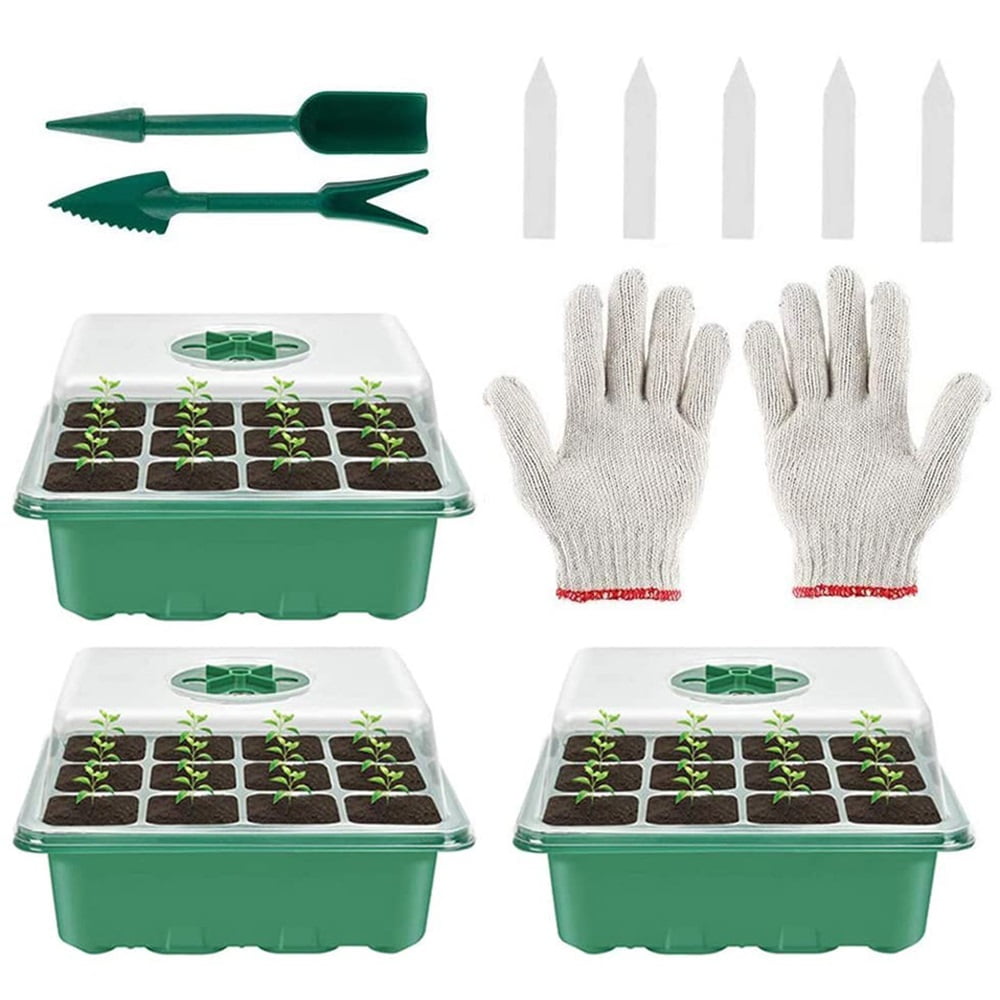

1 Rhinoplasty usually requires trimming of nasal cartilage and implantation of grafts. Trauma, burn, tumour, surgery, or congenital malformation of nasal cartilage may compromise a nasal deformity or lead to nasal airway dysfunction, affecting the aesthetics and utility of the nose. According to the process and sequence of cartilage 3D bioprinting, this review summarizes and discusses the selection of hydrogel and seed cells (centered on ADSCs), the design of printing, and methods for inducing the chondrogenesis of ADSCs. To promote chondrogenic differentiation of ADSCs and construct ideal highly bionic tissue-engineered cartilage, researchers have used a variety of methods, including adding appropriate growth factors, applying biomechanical stimuli and reducing oxygen tension. In addition, the co-culture of ADSCs and chondrocytes is commonly used to achieve better chondrogenesis. Adipose-derived stem cells (ADSCs) have become one of the most popular seed cells in cartilage 3D bioprinting, owing to their abundance, excellent proliferative potential, minimal morbidity during harvest and lack of ethical considerations limitations. With continuous progress in the field, bio-ink choices are becoming increasingly abundant, from a single hydrogel to a combination of hydrogels with various characteristics, and more 3D bioprinting methods are also emerging. To construct ideal cartilage, bio-ink, seed cells, growth factors and other methods to promote chondrogenesis should be considered and weighed carefully. 3D bioprinting has become one of the most advanced tissue engineering methods. However, the lack of cartilage for grafting has been a major problem and tissue engineering seems to be a promising solution. Nasal deformities due to various causes affect the aesthetics and use of the nose, in which case rhinoplasty is necessary.


 0 kommentar(er)
0 kommentar(er)
